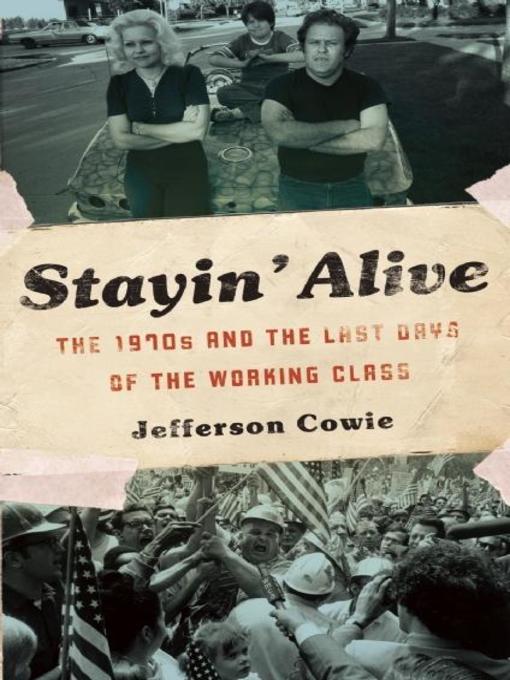
Stayin' Alive
The 1970s and the Last Days of the Working Class
کتاب های مرتبط
- اطلاعات
- نقد و بررسی
- دیدگاه کاربران
نقد و بررسی

September 1, 2010
The New Deal liberalism that led to prosperity for American workers crashed in the 1970s, certainly one of the bleakest decades for blue-collar workers. So claims Cowie (history, Cornell Univ.; Capital Moves: RCA's Seventy-One Year Quest for Cheap Labor) in this edifying survey of the politics, labor movements, and cultural landscape of the times. By mid-decade, the recession of 1974 unleashed stagflation (a failing economy combined with inflation), which many economists and politicians blamed on higher union salaries. At the end of the decade, union membership declined sharply and gains made by minorities and women were largely moot owing to job losses from foreign competition. Cowie includes excellent investigations of how motion pictures, television, and popular movies portrayed the decline of the working class. Such real and fictional working-class heroes as Bruce Springsteen, The Band, Archie Bunker, and John Travolta as Tony Manero in Saturday Night Fever defined the Seventies' most tragic legacy: the time when the "republic of anxiety overtook a republic of security." VERDICT Along with Francis Wheen's irreverent Strange Days Indeed: The 1970s: The Golden Days of Paranoia, this book will be sure to engross modern American historians and readers who enjoy serious contemporary history.--Karl Helicher, Upper Merion Twp. Lib., King of Prussia, PA
Copyright 2010 Library Journal, LLC Used with permission.

September 1, 2010
There is no question that recent decades have been tough times for the so-called working class. The decline in power and influence of organized labor, foreign competition in industries like automotive and steel, and the shift to a service-oriented economy have eroded the chances for many workers to maintain the benefits of a middle-class lifestyle. Cowie charts this decline in a wide-ranging survey that moves from factory floors to union halls to the upper levels of corporate, union, and government bureaucracies. To his credit, Cowie doesnt allow broad themes to obscure the price paid by individual workers, and the testimonies of those who saw their economic position being squeezed is both disturbing and moving. Cowies sympathies are obvious, and this is far from a balanced account. From the auto plants to mines to farm fields, he shows workers victimized by corporate greed and distant union and government officials. Still, as a portrayal of a decade that saw a great shift in the status of millions of people, this work is a valuable piece of social history.(Reprinted with permission of Booklist, copyright 2010, American Library Association.)

























دیدگاه کاربران